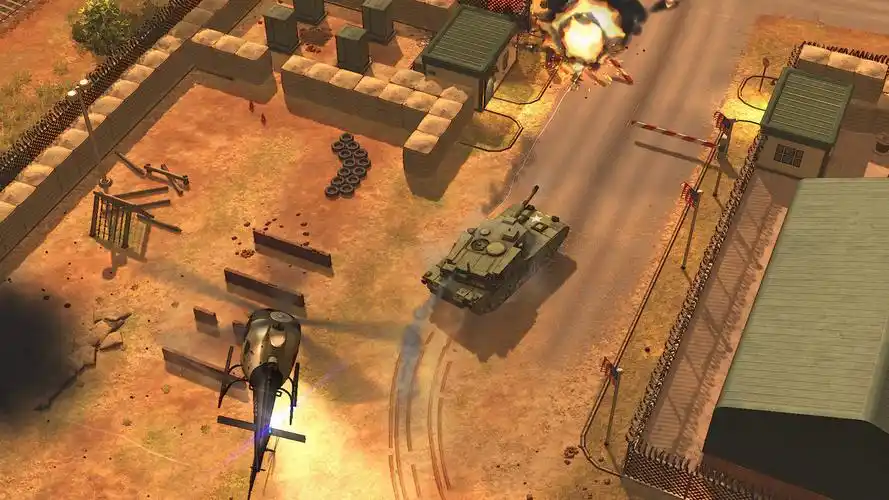Solitaire - Spider: Advanced Solving Techniques - A Review
By [Your Name]
Introduction
Spider Solitaire is one of the most challenging and rewarding variations of the classic card game. Unlike traditional Klondike Solitaire, Spider requires strategic planning, patience, and a deep understanding of card sequencing. While beginners may rely on luck, advanced players use refined techniques to maximize their win rate—especially in the more difficult four-suit version.
This article explores advanced solving techniques for Spider Solitaire, analyzing strategies that can help players improve their success rate. Whether you're a casual player looking to sharpen your skills or a competitive solver aiming for consistency, these methods will enhance your gameplay.
Understanding Spider Solitaire Basics
Before diving into advanced techniques, it's essential to grasp the fundamentals:
- Objective: Arrange all cards in descending order (King to Ace) within a single suit to remove them from the tableau.
- Setup: 10 tableau piles, with the first four piles containing 6 cards each (5 face-down, 1 face-up) and the remaining six piles with 5 cards each (4 face-down, 1 face-up).
- Dealing: When no moves are available, a new row of 10 cards is dealt (one to each pile).
- Suits: Available in one-suit (easiest), two-suit (moderate), and four-suit (hardest) versions.
Mastering these rules is the foundation for applying advanced strategies.
Advanced Solving Techniques
1. Prioritize Empty Columns
One of the most powerful tools in Spider Solitaire is an empty tableau column. Unlike Klondike, where empty spaces are limited, Spider allows unrestricted movement of sequences.
Why empty columns matter:
- They allow you to rearrange long sequences.
- They provide flexibility when dealing with blocked cards.
- They help uncover hidden cards faster.
How to create them:
- Move complete sequences (King to Ace) to the foundation as soon as possible.
- Avoid filling empty columns prematurely—only do so if it uncovers a critical down-card.
2. Build in-Suit Sequences Whenever Possible
While Spider allows stacking cards of any suit in descending order, in-suit builds (placing a ♠7 on a ♠8) are far more valuable.
Advantages of in-suit sequences:
- They can be moved as a single unit.
- They reduce clutter in the tableau.
- They prevent future roadblocks when dealing new cards.
When to break the rule:
- If an out-of-suit move reveals a key down-card.
- If it helps create an empty column.
3. Manage the Stock Wisely
Unlike Klondike, where the stock is drawn one by one, Spider deals a full row of 10 cards when no moves remain. This can be a blessing or a curse.
Optimal dealing strategy:
- Avoid dealing too soon: Exhaust all possible moves before dealing new cards.
- Plan ahead: Before dealing, ensure the new cards won’t bury critical sequences.
- Count remaining cards: If you're close to completing a sequence, delay dealing to maximize efficiency.
4. Uncover Down-Cards Strategically
Hidden cards are the biggest obstacle in Spider Solitaire. The sooner you reveal them, the better your chances of winning.
Best practices:
- Prioritize high-value down-cards: Uncovering a Queen or King early can prevent future bottlenecks.
- Avoid unnecessary moves: Don’t shift sequences just for the sake of moving—ensure it reveals a useful card.
5. Use the "Staircase" Technique
A common advanced method involves creating cascading sequences (like a staircase) where each column supports the next.

How it works:
- Build partial sequences in adjacent columns.
- Gradually merge them into longer in-suit runs.
- This minimizes fragmentation and maximizes mobility.
Example:
- Column 1: ♥K, ♠Q, ♥J
- Column 2: ♠10, ♥9, ♣8
By moving the ♠Q onto the ♠10, you create a longer sequence that can later be shifted as a unit.
Common Pitfalls & How to Avoid Them
Even experienced players fall into traps that reduce their win rate.
1. Overloading Columns
- Problem: Filling a column with too many mixed-suit cards makes it immovable.
- Solution: Keep sequences as clean as possible—prefer in-suit builds.
2. Premature Dealing
- Problem: Dealing new cards too soon buries useful sequences.
- Solution: Always check for possible moves before dealing.
3. Ignoring the Foundation
- Problem: Holding onto completed sequences instead of clearing them.
- Solution: Remove sequences immediately to free up space.
Conclusion
Mastering Spider Solitaire requires more than luck—it demands strategic foresight, disciplined sequencing, and efficient stock management. By applying these advanced techniques, players can significantly improve their performance, especially in the challenging four-suit variant.
The key takeaways:
✔ Empty columns are invaluable—use them wisely.
✔ In-suit sequences are optimal but flexibility is key.
✔ Manage the stock carefully—don’t deal unless necessary.
✔ Uncover down-cards strategically to avoid future blocks.
With practice, these methods will transform your Spider Solitaire gameplay from frustrating to consistently successful. Happy shuffling!
Tags: #SpiderSolitaire #CardGames #SolitaireStrategies #AdvancedGaming #PuzzleGames #CardGameTips



















